Every cyclist will get a case of saddle sores at some point. Being on a saddle for hours on end and exposing a particular area of your nether regions to constant friction is just not natural.
At best, it’ll be a minor irritation you can wait out by avoiding bike rides for a short while. But at times, saddle sores can get so severe you’ll need medical intervention and antibiotics to treat it.
Fortunately, before it can come to that, there are steps you can take and habits you can adopt so you never suffer through them ever again, if at all.
Table of Contents
What’s a Saddle Sore?
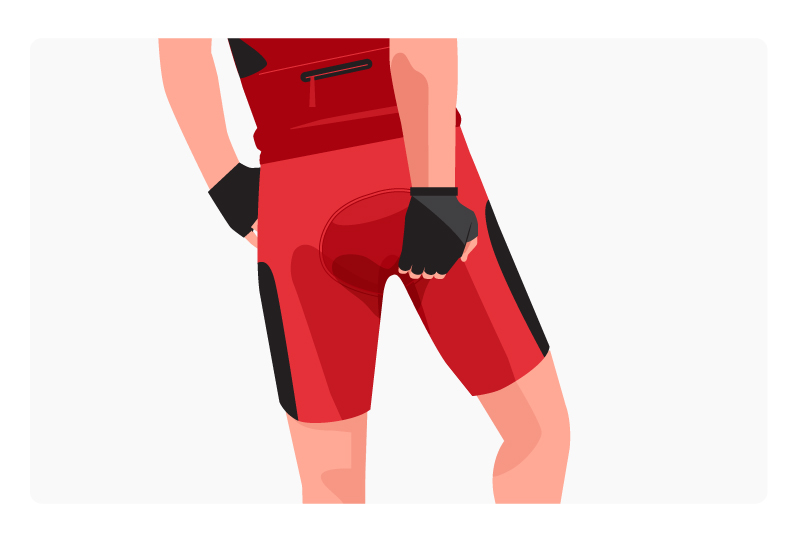
You can usually spot a saddle sore when you see a bump or a raised area in the skin that makes constant contact with the saddle of your bicycle.
They usually start off as simple abrasions over the buttocks, genital regions, or inner or back of the thighs. If not treated, they can become painful open wounds that can later develop into infections.
Some may also experience inflammation around the hair follicles of the genital areas that’s why some mistake it for pimples as saddle sores, in severe cases, can develop into pus or bacteria-filled skin abscess.
Learning the Causes
It’s important to learn how saddle sores develop so you can get an idea as to how to avoid them.
They are primarily caused by excess and constant friction, pressure, and heat on a specific area of the skin.
But, they can also be exacerbated by other factors, such as poorly fitting bike or saddle, poorly padded cycling shorts, or riding long distances on your bike without having gone through proper training for it.
Checking for Symptoms
They will often start off as hard painful bumps, filled with pus, and feel like friction burns.
They often appear as red, inflamed abrasions around the topmost part of the inner thighs, the taint, and that ridge that transitions from bum to leg.
More commonly, they are likened to infected hair follicles, skin blemish, and pimples. Sometimes, they can also appear as lesions shaped like a small crater.
How To Prevent Saddle Sores
I’m sure reading about the symptoms already makes you wish you never go through that pain ever. And that is entirely possible, because there are many practices you can adapt as a cyclist to avoid these lesions and abrasions on your skin.
Make Sure Your Bike & Saddle Fit
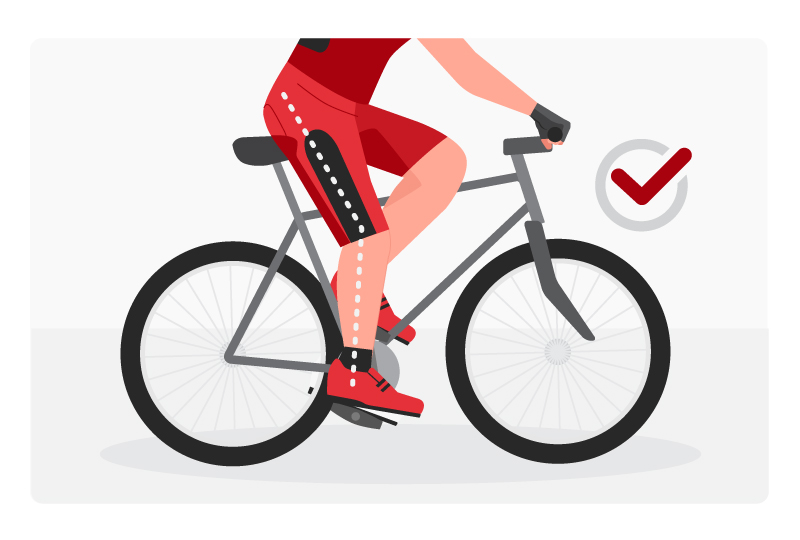
Like I said earlier, the primary cause of saddle sores is constant friction, but if your bike and saddle fit you perfectly, there shouldn’t be any risk of that happening. This makes choosing the right bicycle all the more crucial.
If you’re a roadie, you’ll most likely want a saddle that provides pressure relief by the front of the saddle, while endurance cyclists will probably prefer saddles that have more padding at the rear to sustain their long-distance rides.
When choosing a bike, focus on the type of saddle you’re getting along with it. Then test how to position yourself while maneuvering the handlebar to reduce as much pressure on your groin as possible.
Learning how to adjust the seat for maximum comfort is also essential. If it’s too high to reach or a bit wonky and pointing too high up or is at a funny angle, this will inevitably lead to chafing.
Remember, if you’re getting saddle sores regularly, chances are you probably have the wrong saddle on your bike. Be sure to choose the best bike seat for you through this guide.
Wear Cycling Shorts That Fit
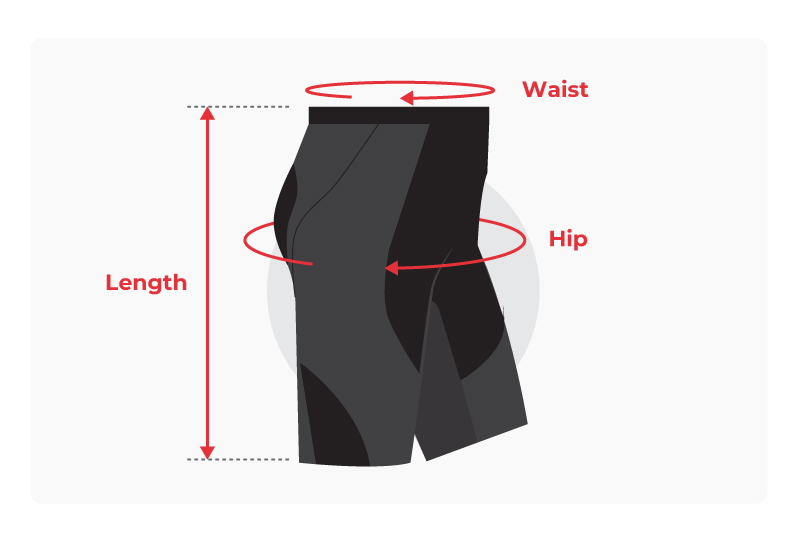
Just like bike saddles, it’s also important to wear cycling shorts that fit. If you often feel like your shorts are rubbing against you uncomfortably as you walk or pedal, consider choosing another pair.
Have you noticed how cyclists always wear properly fitting shorts during competitive races? They know shorts that are too tight will dig into the skin uncomfortably, and shorts that are too big will move around unnecessarily, often causing chafing.
Make A Habit Of Using Chamois Cream
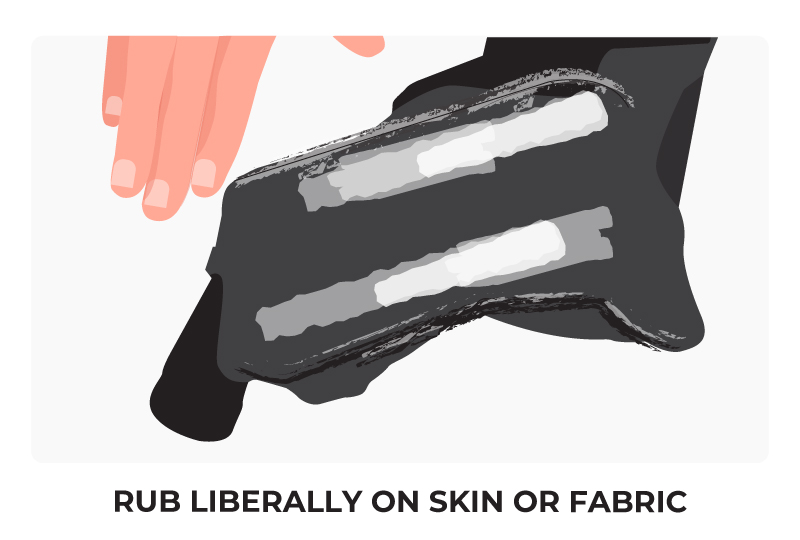
Chamois creams reduce friction in the nether regions because of its viscosity. It also has antibacterial properties that prevent germs from collecting in the area due to its tendency to attract heat and moisture during rides. Most will also boast of soothing or cooling properties as they may contain either aloe vera, shea butter, or similar ingredients.
But if you don’t want to deal with the mess of having to wipe down your nether regions with creams, you may use cycling shorts that offer chamois pads, a layer of padding for the groin area, which helps reduce pressure and injury.
You may also use anti-chafing gels as an added option. But most of these will contain dimethicone, which, in rare occasions, may trigger negative side effects like rashes, itching or swelling in the face, tongue, or throat, and even dizziness and difficulty breathing.
Practice Good Hygiene
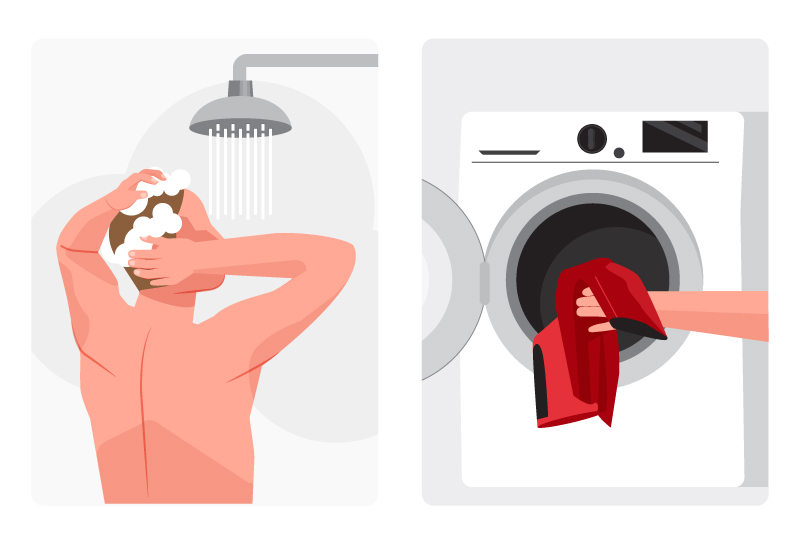
A significant reason people prefer using cycling as an exercise regime is because doing so will guarantee burning excess calories by sweating them out – profusely.
Because of that, it becomes imperative to shower and wash your clothing to remove all that sweat and grime at the end of every ride. Otherwise, it will attract bacteria and allow it to come in contact with your skin the next time you use it, which could very well cause infection if the skin already has even the smallest tear.
Be wary of removing hair from your nether regions, as well. Hair on the genitals is meant to soak up sweat and moisture, thus providing a protective layer. But if you shave that hair, it may cause irritation of the follicles (especially when they start to grow back) that will then introduce bacteria into the skin and cause infection.
Watch Your Diet and Lifestyle
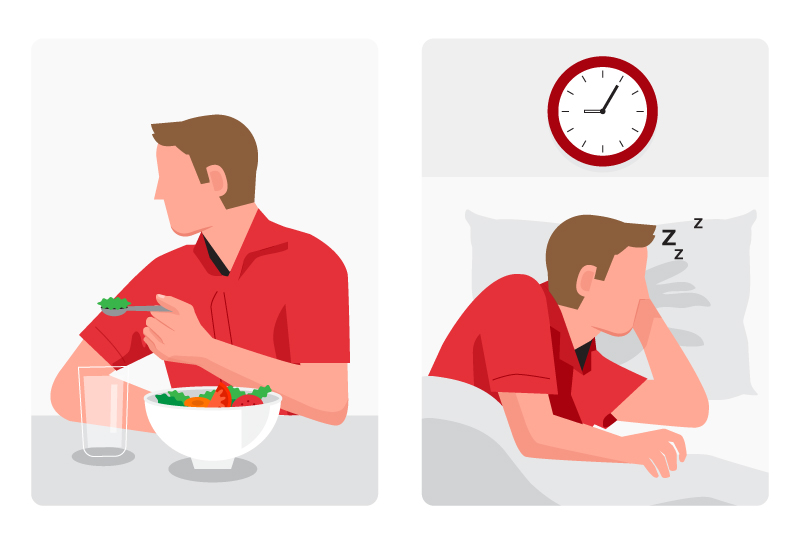
Although a lot of focus on saddle sore prevention centers around hygiene and properly fitting bikes, saddles, and shorts, nutrition and lifestyle also play a contributing factor.
To maintain the skin’s strength and elasticity, it needs to have a sufficient amount of collagen, which the body forms through good levels of vitamin C and Zinc. But, when cyclists ride, they often sweat out much of the zinc present in their body, increasing the need to supplement – either through their diet or through pills.
Women cyclists who suffer from hormonal imbalance or low estrogen levels also tend to experience difficulties in producing collagen. Not only that, leading a stressful life can make an impact, too, as stress tends to break down the skin’s elastin and collagen, which causes inflammation.
Lack of collagen can negatively affect the body’s healing capability, leading to delays in the recovery from skin inflammation caused by saddle sores.
Cycling Saddle Sore Treatments
Some people claim no cyclist is immune from getting a saddle sore once or twice in their lifetime (or cycling career). While there’s no known study to prove if that is a fact, let’s get into the ways into which you can treat it if you’ve contracted a case of the saddle sores.
Avoid the Cause
Take a break from cycling. Although if you have a severe case of it, you may not have a choice but to wait until the abrasion heals completely because it can get downright painful.
Regardless of the severity, though, it will make recovery time fly faster if you stop re-exposing that area to the trigger that’s causing it to inflame in the first place. Consider taking cool baths with Epsom salts and wearing loose and breathable clothing for those few days also.
Wash Daily and Keep it Dry
Another surefire way to get rid of saddle sores quickly is to make sure the affected area is always clean and dry. Wash daily using soap and water, then pat it dry. Don’t attempt to pop or squeeze as that may worsen it by getting it infected.
See Your Doctor
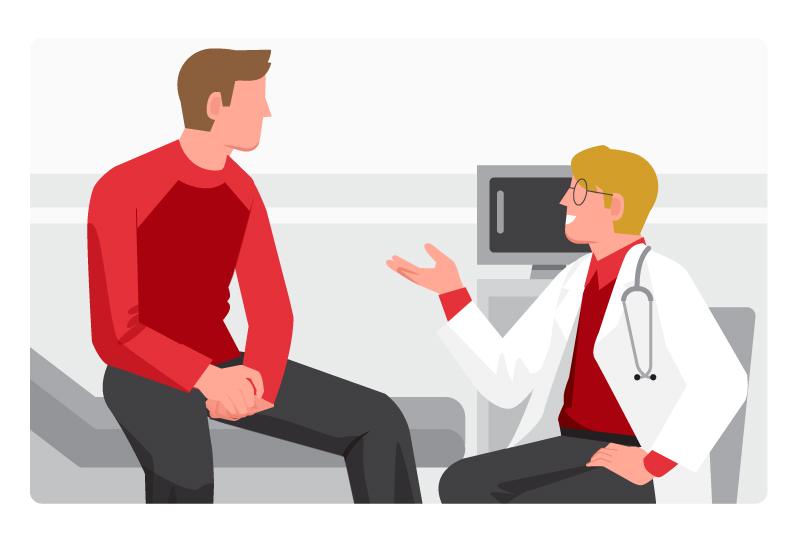
Mild cases of chafing or minor sores typically won’t require any visits to your physician. Just wait it out by not cycling for the time being and keeping the area clean and dry.
But for more severe cases, like people who are getting fever and chills, or sores that are too painful to bear or draining pus due to infection, it’s necessary to seek medical attention. You may also consider seeing your doctor if you’re having difficulties sitting down or walking, and if it’s lasted for over two weeks.
Depending on your specific case, he may prescribe skin creams with cortisone, topical treatments with antifungal or antibacterial properties, and even antibiotics. If it has developed an abscess, it may need to go through a medical procedure to drain the pus out.
Should You Get Back to Riding Right Away?
Be sure to follow our prevention tips above so you never have to go through that ordeal again.
Ask your doctor when you can get back to riding once you begin to show signs of recovery.
If you can, try standing up out of the saddle every once in a while or sitting on different parts of the saddle when you ride. Also, try shortening your rides and spacing it out in between a day or two.

